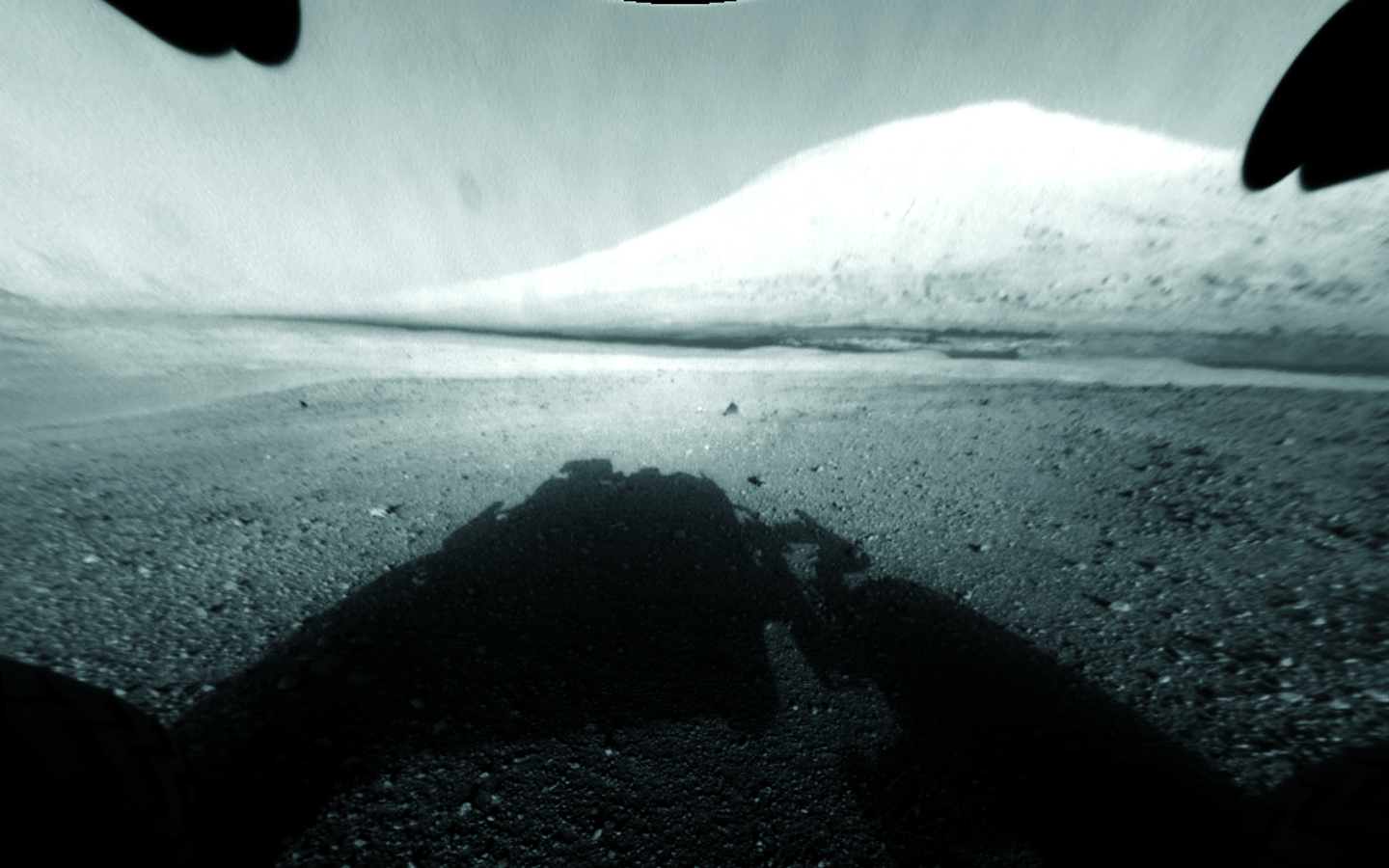Astronomy professor Paul Delaney talks about putting man on Mars
Alisa Gomziakova
Contributor

The Chinese called it Ying-huo, the fire planet. The Greeks claimed it was Ares, the god of war. From H.G. Wells’s War of the Worlds, to Ray Bradbury’s The Martian Chronicles, Mars has always captured the imaginations of great thinkers.
There have thus far been many quests to Mars, and we, as a civilization, have landed many times on its surface, but no lander has been so aptly named as Curiosity, the rover now searching for the answers we have been seeking for so long.
Curiosity has begun its two-year exploration of Mars. After just over a month since its landing, it is ready to conduct its science mission. On September 14, the scientists took over for the engineers, and the rover began searching for rocks to analyze.
Paul Delaney, astronomy professor at York, explains Curiosity will identify, “both the geology and the environment that currently exists on Mars and how it has changed from the past. We know that it has changed significantly. Curiosity is supposed to fill all the gaps for us.”
Currently, Curiosity is set to search for evidence of ancient life preserved near the base of a five-kilometre-high mound at the center of Gale Crater. This may provide insight into how the formation came to be, and the geological history of the area.
“This may be one of the thickest exposed sections of layered sedimentary rocks in the solar system,” writes Joy Crisp, deputy project scientist for the mission, on the NASA website. “The rock record preserved in those layers holds stories that are billions of years old—stories about whether, when, and for how long Mars might have been habitable.”
Delaney explains that by building upon previous missions’ findings, the Curiosity team will be trying to looking to see whether Mars has all the necessities to support life. The rover would be looking for several tell-tale signs: water, methane, and leftover carbon compounds.
“If you find organic compounds sitting in the soil, you have to speculate how it got there; one good answer for that is ‘life,’” he says.
In the next ten years, Delaney hopes to see technology progress towards air-borne vehicles. The technology is now in development.
“A Mars glider, a large balloon or an aerodynamic wing, would be a big improvement,” he says.
But what about putting humans on Mars? Delaney regretfully explains, regardless of financial limitations, there are certain physical challenges we are still not capable of overcoming.
First, the travel time would be nine months.
“Because of the way the planets orbit, you can’t just turn around and come home,” he says. “You would have to wait on Mars for about a year. This makes it a 2.5 year round trip to Mars.”
Taking enough supplies to support human life on Mars for 2.5 years is just one of the major challenges.
While the atmosphere on Earth shields us from the sun, there is no such protection on Mars, making it inhospitable.
Yet Delaney is hopeful that humans will be on Mars within 20 years.
“It’s a terrific dream, and many students on this campus alone would be happy to [go to Mars],” he says.
But while we seem to be getting closer, promises of putting man on Mars have been heard for 40 years, and in reality, we are still far from the goal.
Delaney stresses, “This has to be a worldwide endeavour, just like the International Space Station. We’ve got to go to Mars the same way.”


